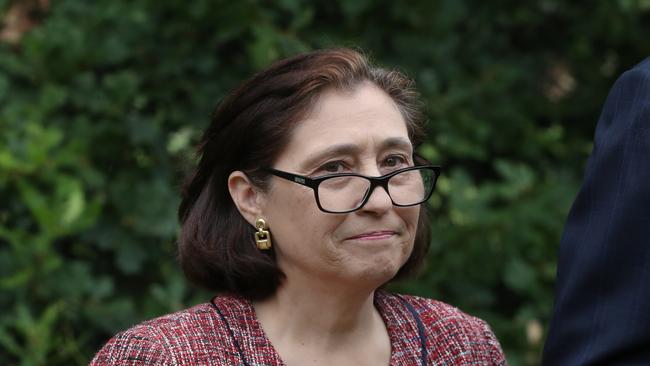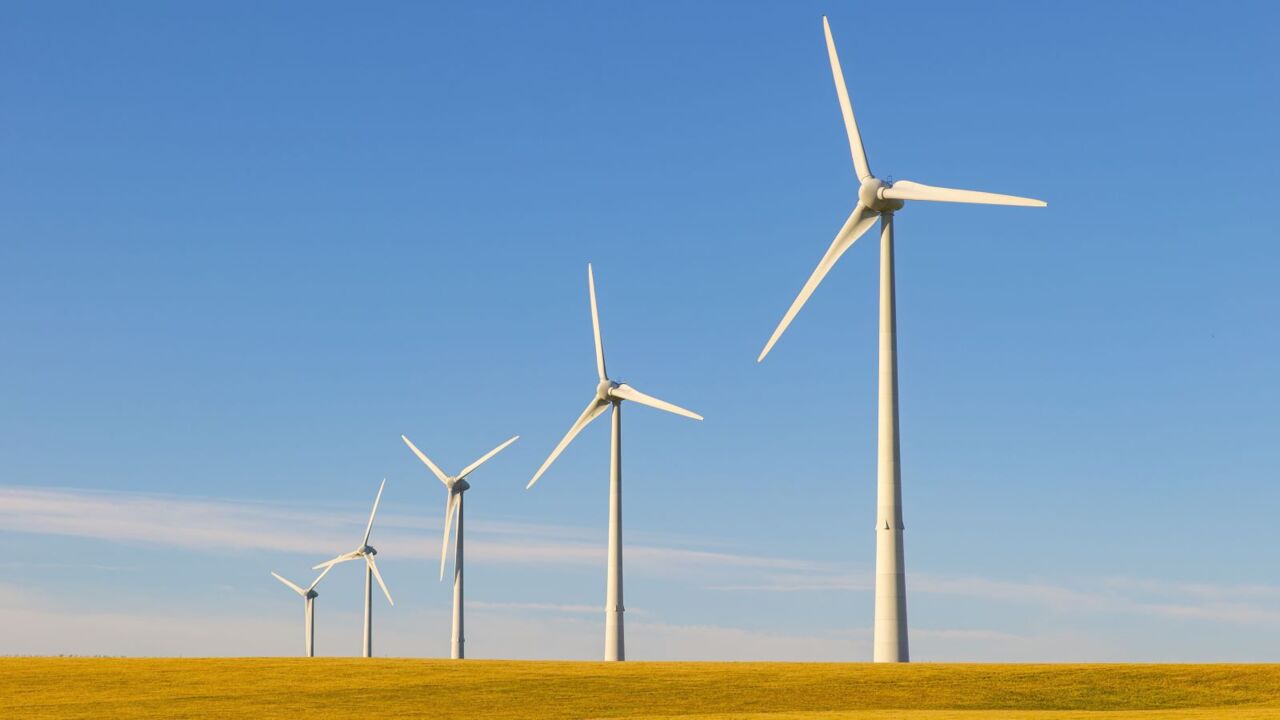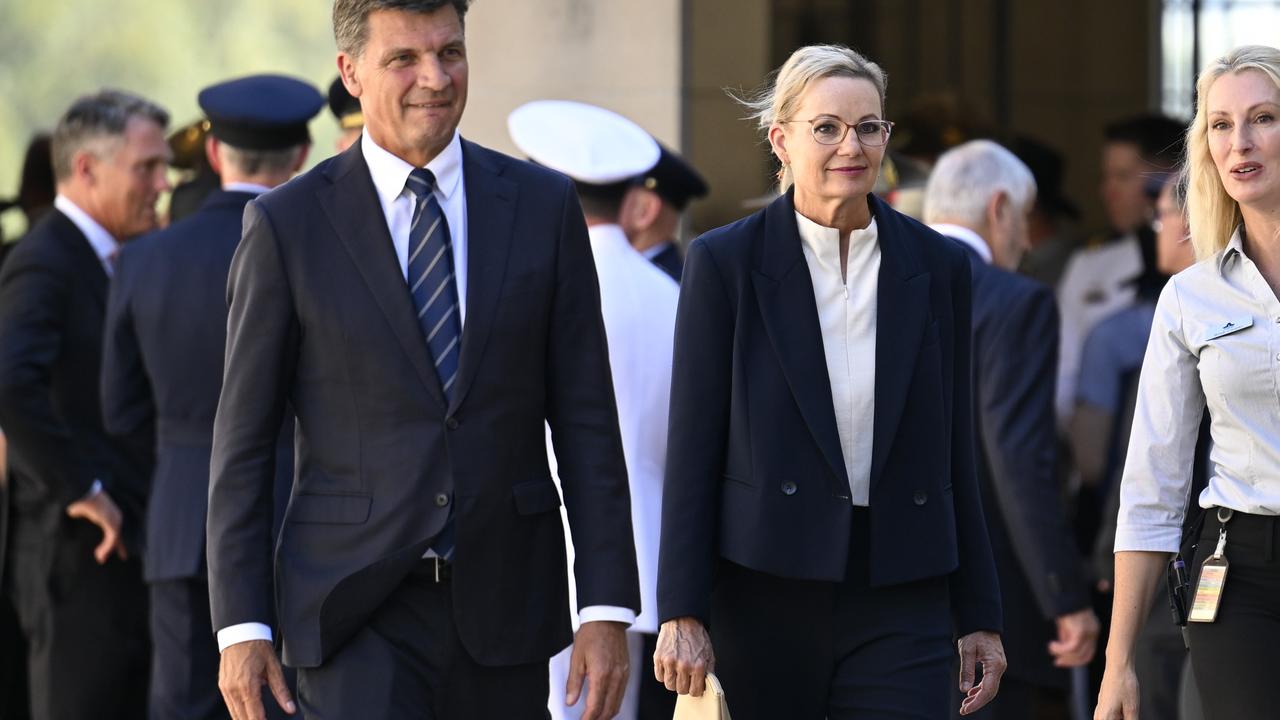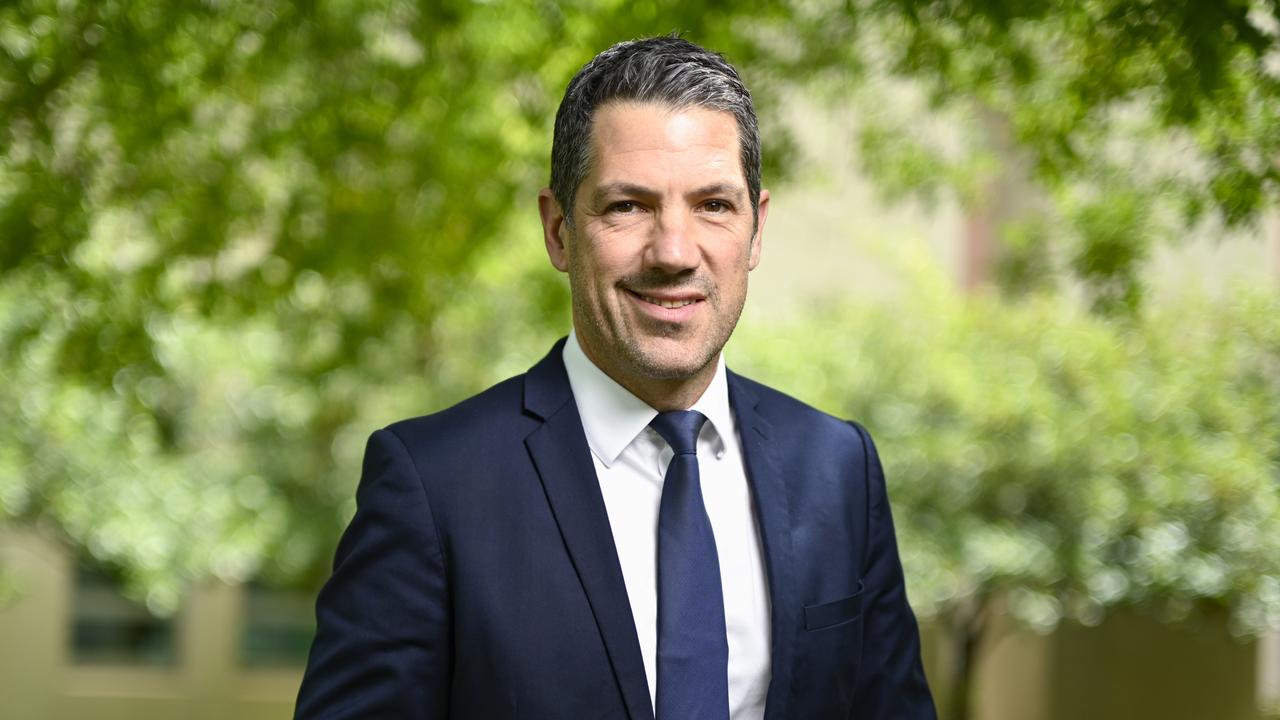‘Consumers will pay’ for Vic underestimating energy certificate prices
Victoria’s gas substitution road map update assumes an energy efficiency certificate price of $70, but the certificates are currently selling on the open market for $92 each.

The Allan government has underestimated the price of its own energy efficiency certificates by more than 30 per cent in its latest gas substitution road map update, prompting one energy expert to warn that all Victorians – including the state’s poorest – will be funding the increased costs through their power bills.
Under the road map update, handed down by Energy Minister Lily D’Ambrosio this month, the government plans to use Victorian Energy Efficiency Certificates to fund subsidies for households replacing gas appliances with electrical ones.
A table included in the road map sets out the numbers of VEECs to be used to subsidise the replacement of certain appliances, and how much the subsidy is likely to amount to “assuming $70 certificate price”. This week, however, certificates were selling at a spot price of $92 on the open market, more than 30 per cent higher.
Under the Victorian Energy Upgrades program, one certificate equates to one tonne of greenhouse gas emissions reduction, with certificates required to be purchased by energy retailers to offset their emissions.
While energy retailers generally buy certificates in bulk below the spot price, the significantly higher spot price and a long-term trend of certificate prices well above $70 suggests the road map assumption is overly optimistic.
St Vincent de Paul Society general manager of policy and research Gavin Dufty said “most, if not all” costs associated with energy retailers buying the certificates were passed on to consumers via electricity bills.
“What that means is that those that don’t have the opportunity to invest in new technologies or change their usage patterns do all the heavy lifting, which is inequitable, because we all benefit equally from lower emissions,” said Mr Dufty, who is an expert on the national energy market and the impact of rising power prices on the poorest Australians.

“Disproportionately this will impact households that are low-wealth; that is, they don’t have a home where they can invest in fixed appliances, because it’s all fixed appliance-based stuff.
“Secondly, it’s regressive, because you need money, cash in the bank, income to actually stump up the upfront cost, no matter how big the subsidies are, which means, again, the heavy lifting is done by those that don’t have a home and don’t have the cash to take advantage of these programs. If governments were concerned about equity, they’d bring it on-budget. It’s poor energy policy.”
The road map indicates 50 certificates would need to be purchased to subsidise a household replacing ducted gas heating in a detached home with a 15kW ducted reverse-cycle airconditioner, and estimates the cost of installation would be between $10,135 and $16,670 before subsidies.
At the $70 assumed certificate price, a $3500 subsidy would be made available, whereas at the spot price of $92, the subsidy could be as much as $4600 – offering greater benefit to those who can afford to overhaul their appliances, at greater expense.
Ms D’Ambrosio’s office did not respond to a request for comment before deadline. In response to an earlier article regarding the subsidies, a spokeswoman for the minister said: “Homes with efficient appliances require less power; reducing demand for power across the grid brings down the average wholesale price – with households that haven’t used the VEU still projected to save $150 and business saving $870.”
Last month, the gas appliance industry warned the government’s planned ban on gas connections to all new Victorian homes requiring a building permit from January 1 will cost 1300 jobs within six to 12 months.
More Coverage








To join the conversation, please log in. Don't have an account? Register
Join the conversation, you are commenting as Logout